| Exotic car; Built in England |
|
|
| Good condition price range: $NA – $NA* |

2009 Rolls-Royce Phantom Sedan Front
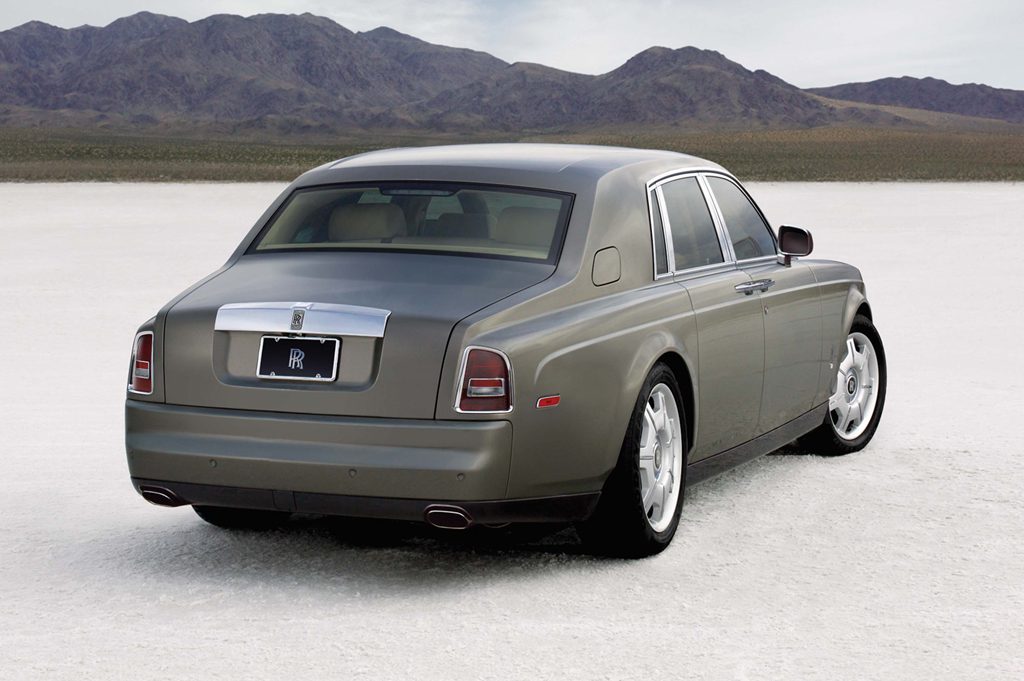
2009 Rolls-Royce Phantom Sedan Rear
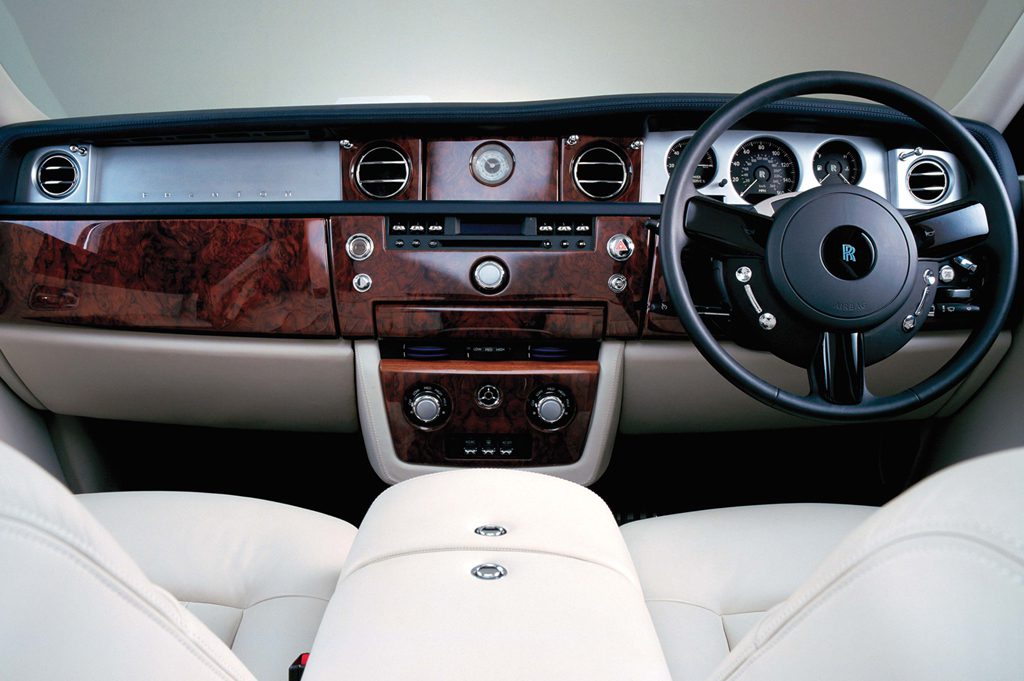
2009 Rolls-Royce Phantom Sedan Interior
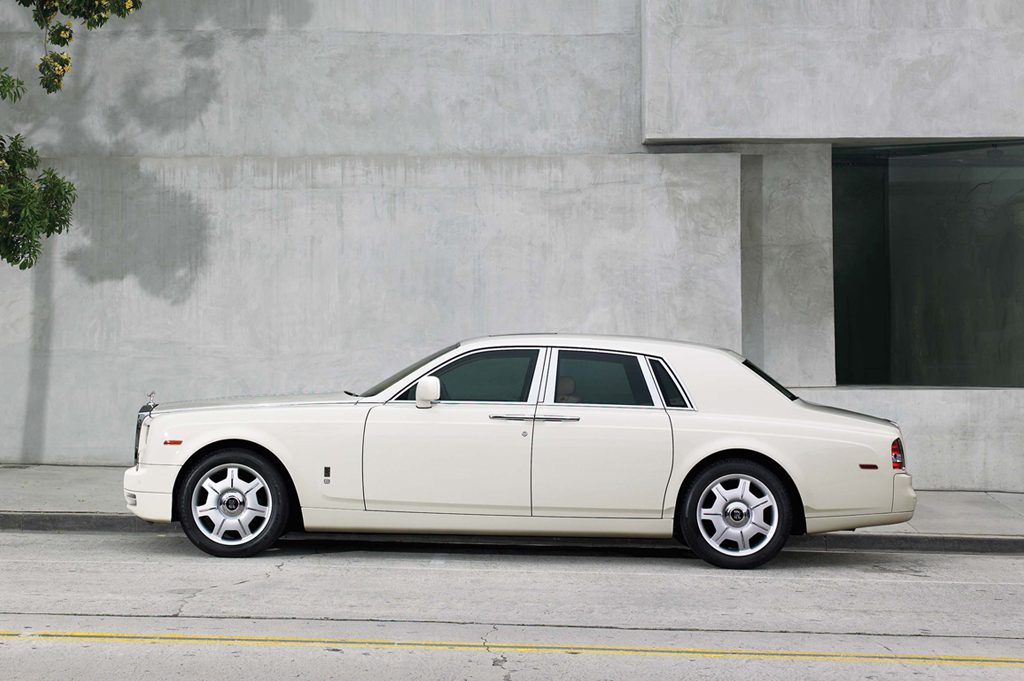
2009 Rolls-Royce Phantom Sedan Profile
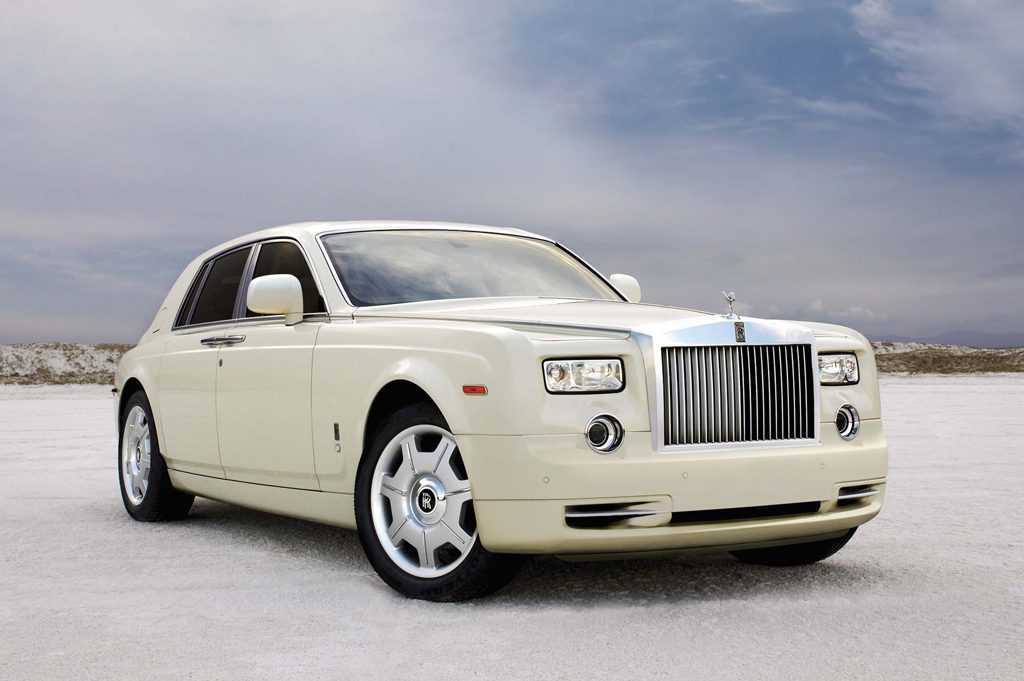
2009 Rolls-Royce Phantom Sedan Front-2
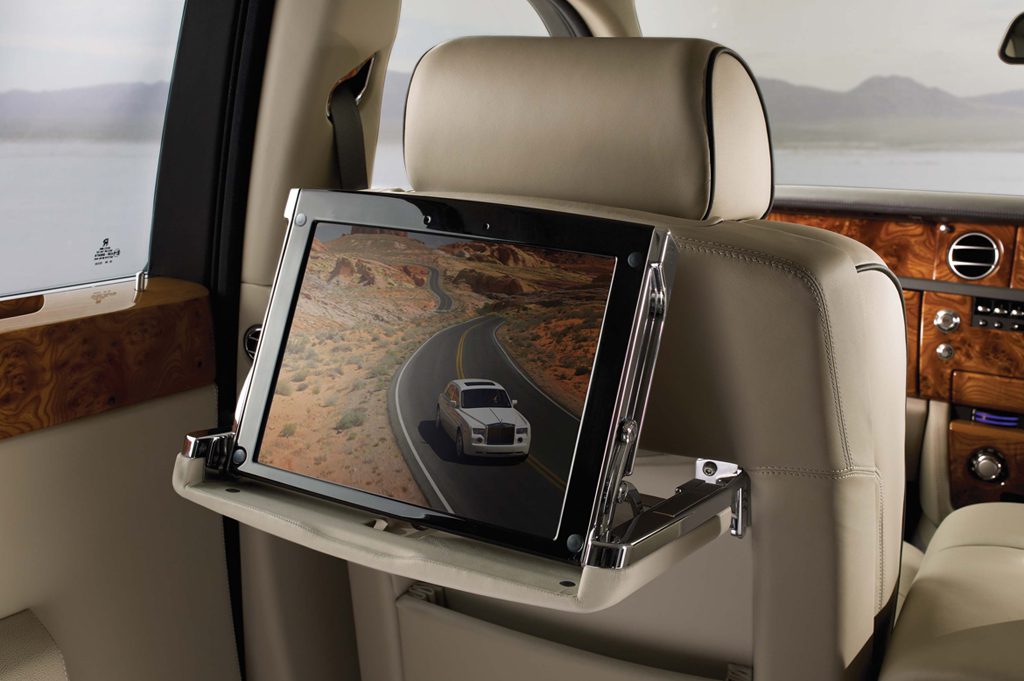
2009 Rolls -Royce Phantom Sedan Interior
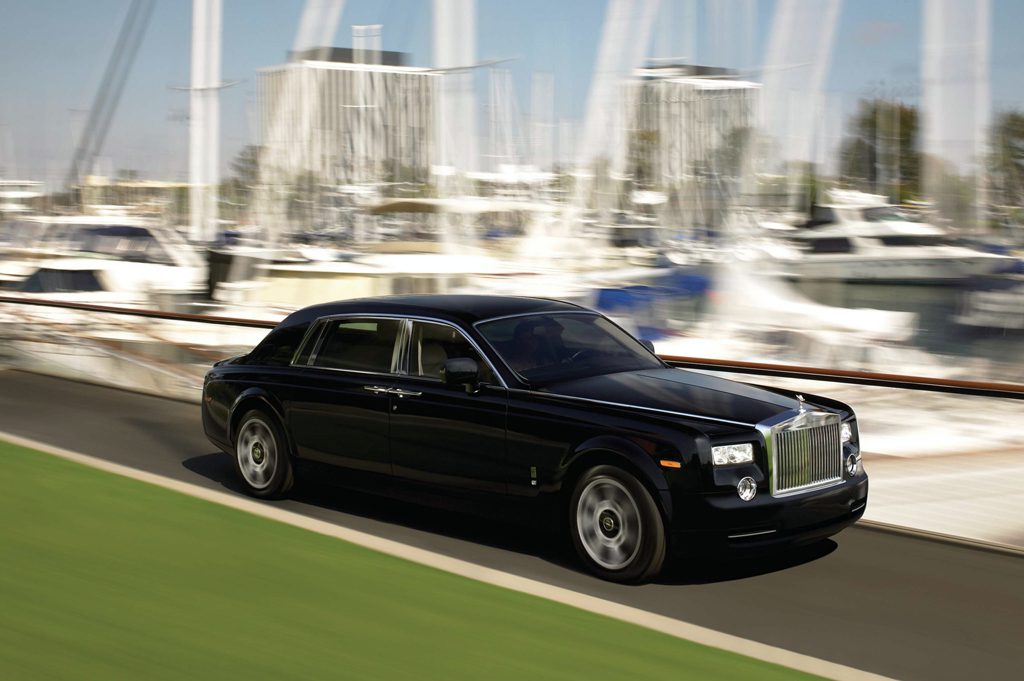
2009 Rolls-Royce Phantom Sedan Front-3
| Pros: |
|
| Cons: |
|
Rolls-Royce has long represented the epitome of luxury motoring, and the Phantom delivers on all that name promises. Those with deep pockets and a discerning nature will find value in the car’s unique blend of exquisite appointments, coddling accommodations, surprising performance, and rich legacy, making the $380,000 starting price for a new model a sum of little consequence. Prices for late-model secondhand Phantoms won’t be much lower, either.
Overview
Soon after Rolls-Royce officially split with its long-time corporate partner, Bentley, at the start of 2003, the legendary luxury-motorcar maker had a new model ready for the market. Now under the control of BMW, Rolls-Royce introduced the Phantom sedan. The Phantom name had been used before, on five different Rolls-Royce sedans, but the new 2004 version was a massive and stunning creation, highlighted by unique rear-hinged back doors and a 453-horsepower V12 engine. Mated to a six-speed automatic transmission, that engine was an offshoot of BMW’s 4.5-liter V8. Bodies and engines came from BMW in Germany, while wood/leather trim was applied in Britain. Despite its mammoth dimensions–riding a 140.6-inch wheelbase, and standing more than 64 inches tall– the Phantom had the lightest structure ever used by Rolls-Royce. Lounge-style seats were positioned some distance from the rear doors, which could be closed from inside by pushing a button. Styling features included a long formal hood, traditional-design grille, wide C-pillars, and small rear window. The “Spirit of Ecstasy” hood ornament retracted when the car was parked. Available safety equipment included antilock braking, traction control, an antiskid system, front-side airbags, and curtain-side airbags. Front and rear park-distance sensors were standard. An extensive list of standard and optional features was offered, and buyers could custom-order colors and interior materials through Rolls-Royce’s Bespoke program.
Rolls-Royce long claimed to be “The Best Car in the World.” Whether it lives up to that slogan is debatable, but Rolls-Royce vehicles are large, impressive, and tremendously expensive. A Phantom cost $320,000, plus a $3,000 gas-guzzler tax. Rolls had been building British luxury cars since 1904. Phantom rivals included the Maybach 62 and Mercedes-Benz S-Class, and (later) the Bentley Continental Flying Spur.
Yearly Updates
| 2005 Phantom Sedan The 2005 Rolls-Royce Phantom Sedan was essentially a carryover with little change. During 2005, Rolls-Royce built 25 specially-designed sedans, echoing the color schemes of early 1920s models, to mark the 80th year of the Phantom name. |
| 2006 Phantom Sedan Rear doors opened slightly wider on the 2006 Rolls-Royce Phantom Sedan. Satellite radio became standard, along with Bluetooth phone connectivity. New options included a front camera, drinks cabinet, Artel Glass set, and rear coolbox. |
| 2007 Phantom Sedan For the 2007 Rolls-Royce Phantom Sedan, an extended-wheelbase version joined the original Phantom, adding 10 inches to overall length (to the rear of the B-pillar) and $52,000 to the price. Longer extrusions were used in the body, and Rolls-Royce claimed no loss in torsional rigidity. Extended models had been sold since 2005 in the Middle East and Asia. Rolls-Royce’s rear theater system switched from 6.5- to 12-inch screens. New options included a Conway Stewart writing seat and a cigar humidor. Rolls-Royce claimed 0-60 mph acceleration in 5.7 seconds for the regular Phantom, and 5.8 for the extended sedan. |
| 2008 Phantom Sedan Minor changes for the 2008 Rolls-Royce Phantom Sedan included availability of 21-inch forged alloy wheels, a Starlight headliner option (with 640 fiber-optic stars sewn in), new welcome light, and new types of optional wood interior trim. A Phantom Drophead Coupe (listed separately) went on sale this year. |
| 2009 Phantom Sedan A solid-roof Phantom coupe went on sale in 2009. At the same time, the Rolls-Royce Phantom sedans got subtle enhancements, bringing their front-end appearance closer to that of the new coupe. Revisions included a slightly revised grille with a shallower appearance, above a new streamlined front bumper. Cast aluminum 21-inch wheels were now standard. Regular- and Extended-Wheelbase versions again were offered; the latter adding nearly 10 inches of wheelbase and overall length. Both ordinarily seated five, but a four-passenger configuration with a rear center console was optional. |
| 2010 Phantom Sedan Few changes were evident on the 2010 Rolls-Royce Phantom Sedans, apart from a veneered instrument panel offered as a no-cost option. Rolls-Royce introduced a smaller Ghost sedan this year, aimed at the owner-driver market, whereas Phantom sedans were more likely to be chauffeur-driven. |
| 2011 Phantom Sedan Once again, the 2011 Rolls-Royce Phantom Sedan was largely unchanged, apart from new anti-whiplash headrests. A Spirit of Ecstasy Centenary Collection Phantom was introduced. Only 100 were to be built, each with a number of exclusive “bespoke” options. Standard features included a heated windshield and front side windows, power-closing rear doors, and a cooled glovebox. Options included rear picnic tables, a rear curtain, and interior headliner lighting that imitated the look of a star-filled night sky. |
| 2012 Phantom Sedan No significant changes were evident on the 2012 Rolls-Royce Phantom Sedans, again offered in two sizes. |
